


Every neighborhood changes, but not all retain a sense of community as they do. Garfield is exceptional on that front, its restaurateurs agree.
“We didn’t choose Garfield. There was a business opportunity at the time, and it just became family at some point,” says Harpreet Pabla, whose father and uncle opened People’s Grocery in 1987 and, eight years later, People’s Indian Restaurant.
He has many stories of community support, from folks scaling blockades during a multi-year Penn Avenue construction project starting in 2013 to overtipping (sample: $90) in support of a free boxed lunch program he offered for three months during the early days of the pandemic.
“This neighborhood has been wonderful for me,” says Simon Chough, chef-owner of Soju, a newer spot. “While it might seem like things are shuttered and not doing so well, the neighborhood is very much alive amongst us. We’re constantly in contact, and we’ll transcend for sure.”
Garfield’s restaurant row sits along Penn Avenue, stretching from Allegheny Cemetery to Negley Avenue. The neighborhood occupies less than half a square mile, making it walkable and, for its size, home to a variety of restaurants that should be staples for any foodie. Here are four essentials:
KEY
$ = $15 and under
$$ = $15-$25
$$$ = $25-$45
$$$$ = $50 and up
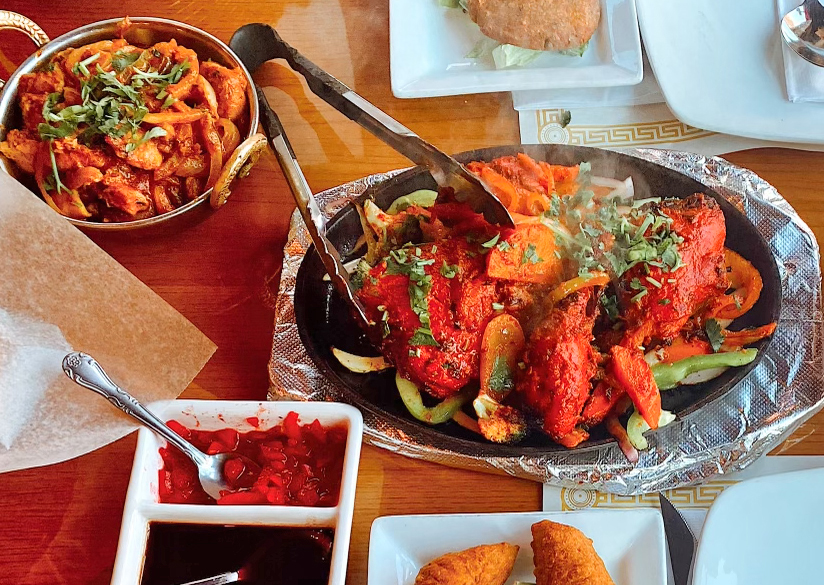
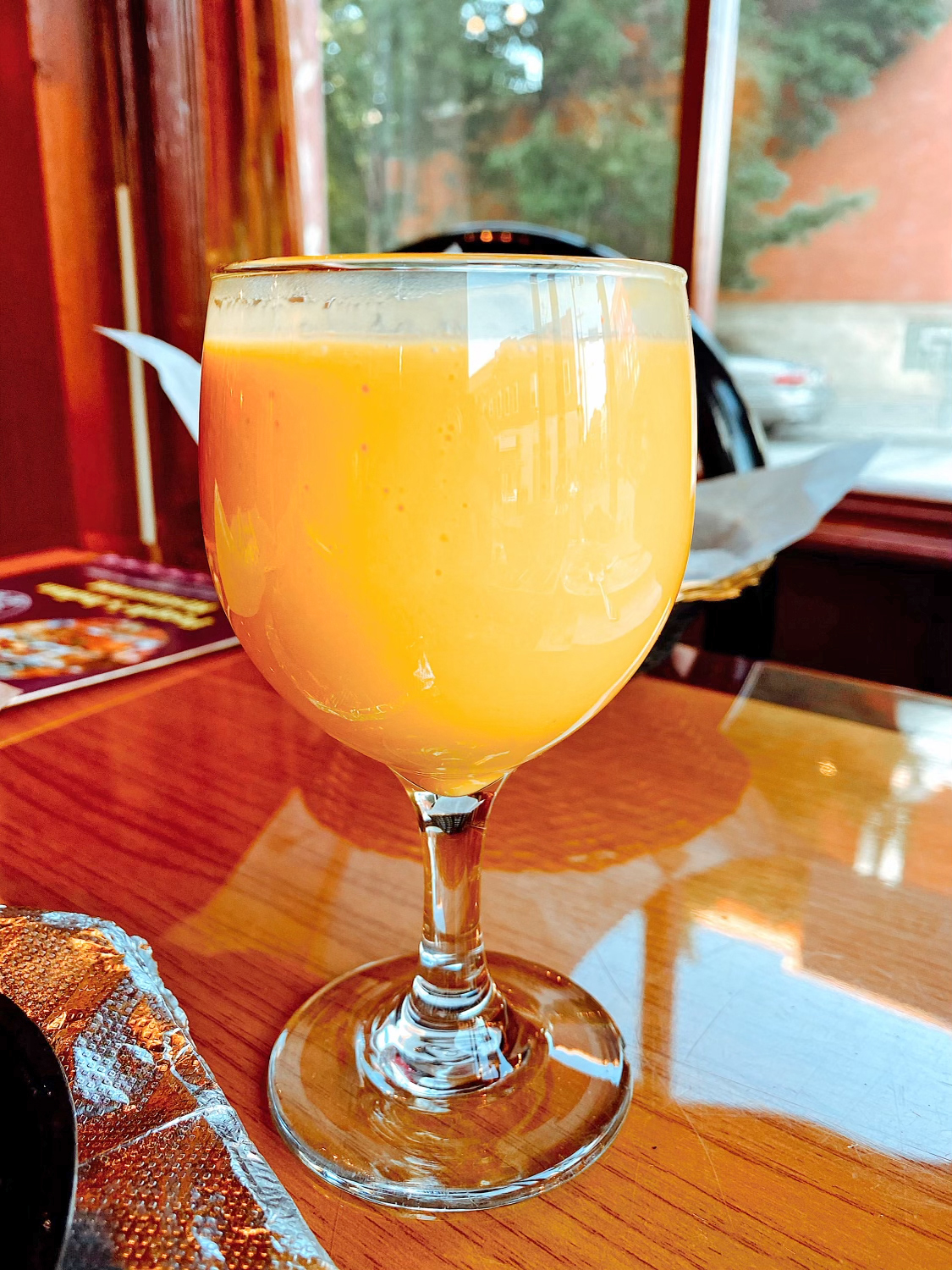


People’s Indian almost wasn’t a restaurant at all: It was initially slated to be a laundromat, general manager Harpreet Pabla says. His father and uncle, Kulwant and Kuldip Pabla, respectively, had opened People’s Grocery on Penn Avenue in 1987, and saw an opportunity for a space across the street that kept cycling through various, short-lived stores. Kulwant was encouraged by a buddy who had also immigrated from Lasara, a small village in the Punjab state in India, and owned Taste of India in nearby Lawrenceville. In 1995, he announced they were in the restaurant business.
The early days involved a lot of trial and error, Harpreet says, but, thanks to community support, the restaurant was allowed the time it need to evolve its menu and land on the shortlist of must-eat Indian restaurants in Pittsburgh. “Where we’re at at this point, in our wildest dreams, to be this busy, where people are actually recognizing your name as a business, that was never our hope,” Harpreet, who moved from Lasara at age 11, says. “It’s always like, this is work, you make money, and you pay it back. And it’s worked out really well.”
Since tagging along to work with his dad as a kid to managing the restaurant, Harpreet has certainly seen the area’s restaurant scene evolve, as well. “Ten years ago, there was nothing around here. I could never imagine a brewery [Two Frays] or these nice restaurants opening up. It’s a different world.”
The food: About 90% of the menu is based on classics from Northwestern India, including tandoori chicken and saag-based entrees like saag paneer, made with mustard greens and spinach, plus cubes of the deliciously dense homemade cheese. As with much Indian cuisine, People’s food is very vegetarian friendly, with more than two dozen vegetarian entrees. Bean curd substitutes for chicken in the Tofu Tikka Masala, so that vegetarians can still experience that rich, creamy, tomato-based sauce. Other veggie traditionals include Aloo Gobhi (cauliflower and potatoes) and Paneer Shahi Korma (cheese with nuts and sauce). And let’s not forget those samosas, India’s popular dumpling filled with peas and potatoes.
The (seriously) extensive menu has plenty for fish and meat eaters too, with numerous specialties cooked in a tandoor oven — the Mixed Grill offers chicken, lamb, fish and shrimp — among them. Biryani lovers have a host of options; if you can’t decide, the People’s Special finds saffron-infused basmati rice cooked with lamb, chicken and shrimp.
The drinks: Masala Chai, made with their own blend of spices (cardamom, cloves, ginger, fennel, cinnamon); lassi, a Punjabi yogurt-based drink; Thumbs Up (Indian cola).
5147 Penn Ave.; peoplesindian.com
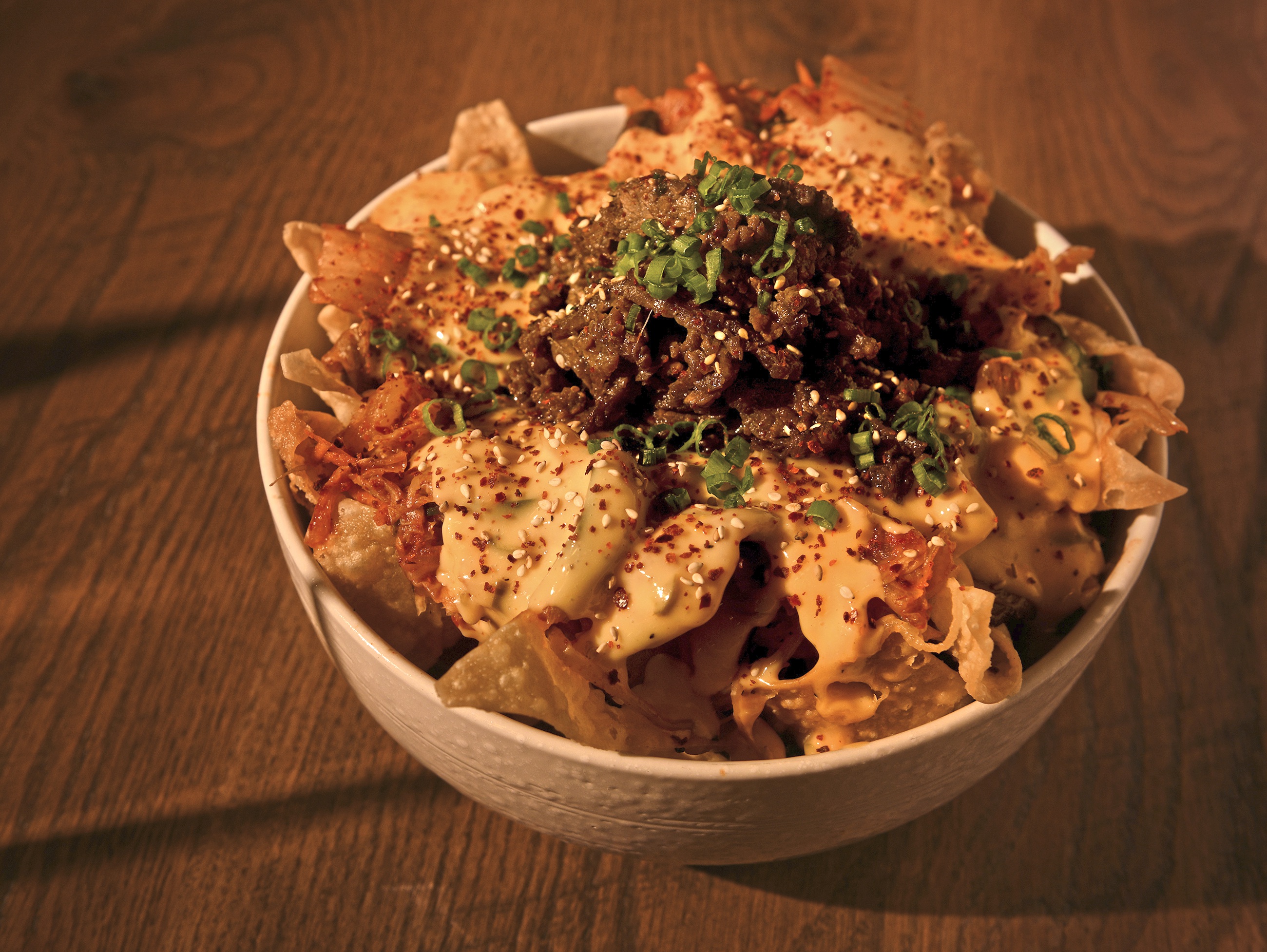

Soju is grandma-approved.
Chef-owner Simon Chough is trained in classic French technique (thanks to an apprenticeship at Honolulu’s Chef Mavro) and went to the Culinary Institute of America in New York. But when he opened Soju, in April 2018, it was built on recipes from his Seoul-born dad’s side of the family.
“Some of my fondest memories are of folding dumplings with my grandma all day or doing stuff like this,” Chough, who grew up in Oakland and Monroeville, says, nodding to the Napa cabbage he’s chopping for kimchi. “I’m cooking grandma’s food here.”
And she “comes into the restaurant all the time.”
The food: Chough notes that his cuisine is not straight-up Korean. “What I like to tell people is this is not a traditional Korean restaurant. This is pretty much an amalgamation of myself and my life experiences. You’ll see stuff from Hawaii, like poke, which I grew super fond of,” as well as the sweet, sour and spicy sauces the island state is known for.
Alongside more expected dishes — bulgogi (marinated, grilled, thinly sliced beef), bibimbap (a rice bowl, with or without meat), kimchijeon (a savory pancake) and Korean fried chicken — Chough’s menu includes a poke bowl and salmon brushed with a pineapple-soy sauce.
A few now-core dishes were even born of the pandemic. “There was a really high demand for stuff like chicken sandwiches and nachos and all that,” which were conducive to delivery and takeout. The popular Kimchi-Chi Nachos are fried wontons piled with vegetables (kimchi of course, plus carrots, pickles, mushrooms, radish and bean sprouts) plus cheese sauce and optional beef. The challenges of navigating COVID-19, he says, “really just showed me a direction that I didn’t plan to go in.”
The drinks: Chough wasn’t planning to name his restaurant after the distilled liquor, until he was. During a trip to LA, the lightbulb moment came when he was enjoying a bottle of soju with his wife in Koreatown. “I’m like, this is something that I’m trying to recreate, this convivial Korean drinking atmosphere that I’m really fond of.”
The adult beverage menu includes both soju-based cocktails and full bottles, with numerous flavors priced at $13 a bottle. (Some bottles are $10 during the 5-6 p.m. happy hour Tuesday-Saturday.) “Soju is the drink of the people,” he says. “It doesn’t have to be this extravagant experience.”
Creative cocktails with the spirit include the Lapsang Julep, with lapsang-infused soju, bourbon, honey and mint. Or try the Waikiki Spam Jam, based on a Spam-washed mezcal. Also: wine, craft beers and ciders.
4923 Penn Ave., simonchough.wixsite.com/sojupgh


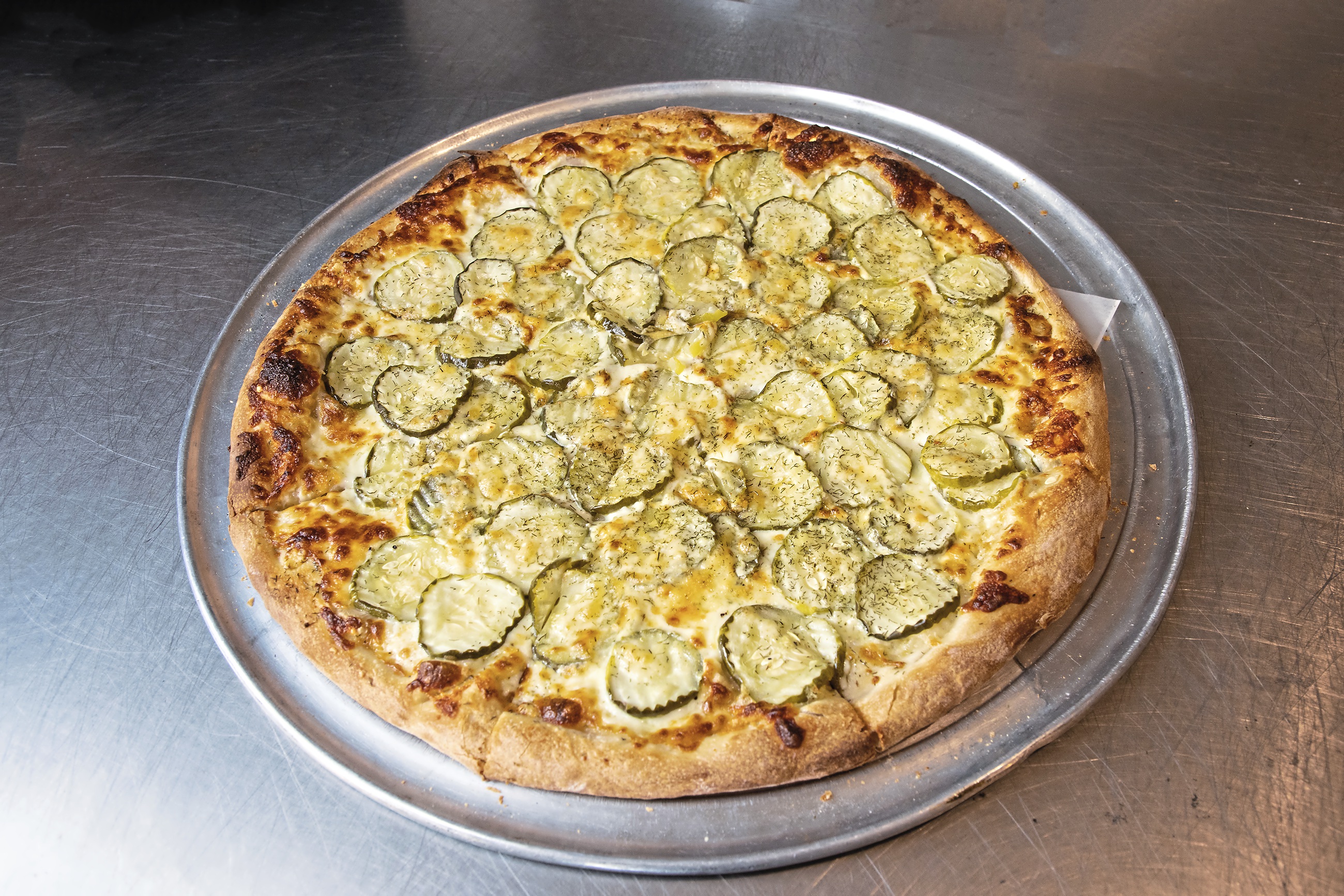
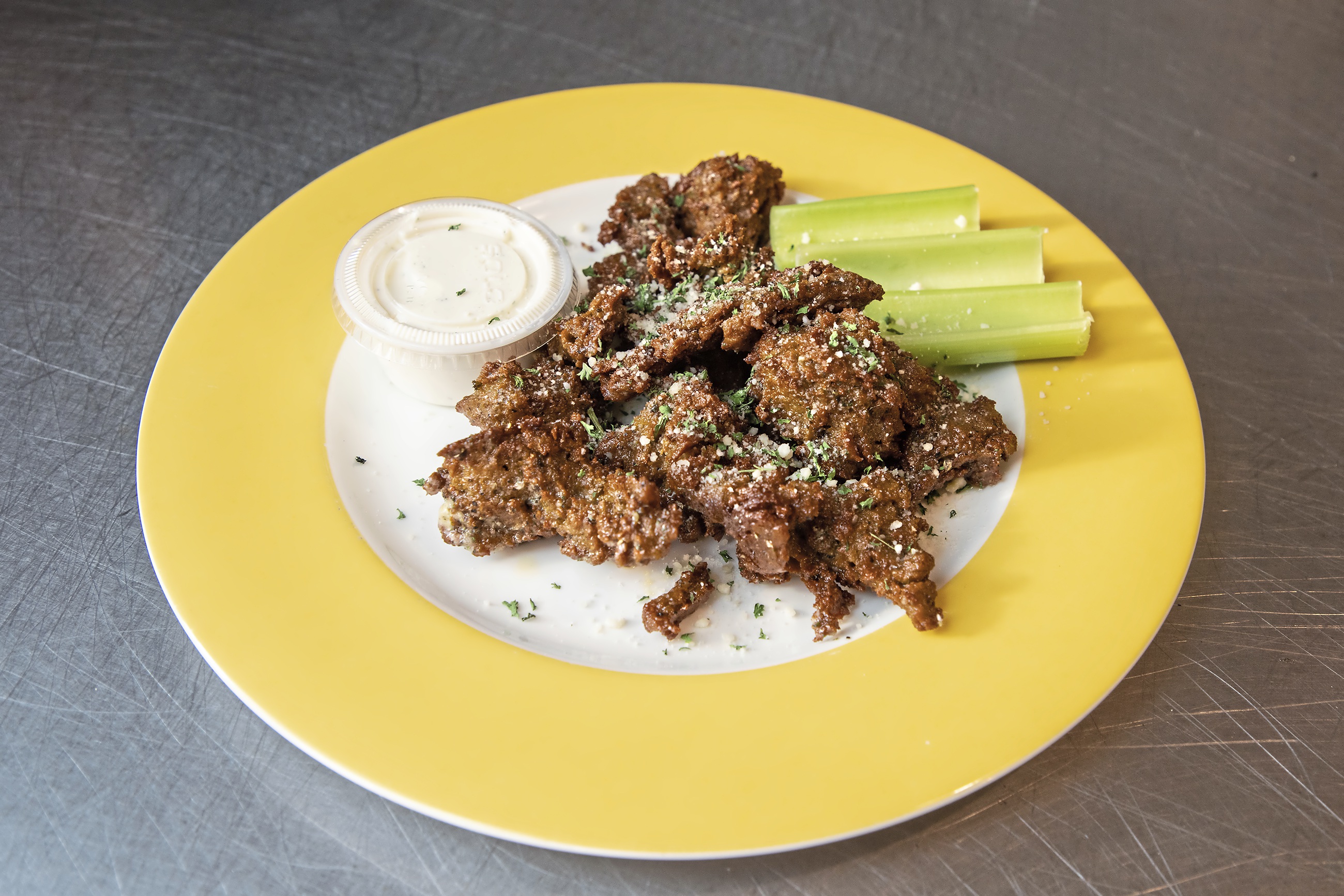


When it comes to pizza, vegans often have to improvise. They order sans cheese, or pretend not to see the same pizza cutter just used to slice a cheese pie tackle the dairy-free one. So when Spak Brothers opened, the vegan part of the menu “took off almost right away, more than we expected,” says Ryan Spak, who co-owns the restaurant with brother Nathan. “What started as an option turned into about half of our sales.”
Serving vegans was part of the plan from the start, he says, including the from-scratch seitan, a protein derived from wheat gluten, that a friend helped develop.
“We have separate grills and fryers and utensils for all that stuff. We take it very seriously, so we don’t cross-contaminate.”
Launched in 2008, Spak Brothers is one of the older restaurants in Garfield. While the brothers, who grew up in the North Hills, arrived primarily because the space was available, he considers it “a happy accident” that they landed where they did. “It’s always been a really good community atmosphere here, and tight-knit.”
“As far as us picking Garfield, it just happened that way, but we’re proud to be an anchor, a small business that has survived.”
This is generally a takeout spot — exclusively so these days. Pre-pandemic, countertops with barstools offered areas for a quick bite, and they hope to get back to that soon.
The food: Spak Brothers wasn’t necessarily destined to be a pizzeria, he says. “We were thinking about just having a sandwich shop, and then there was a pizza oven already [in the space], so we just kind of incorporated that.” If they hadn’t, well, their Pickle Pizza certainly wouldn’t exist. That popular item, with dill pickles, a havarti cheese blend, dill and ranch, originally appeared as a special. “But we put it on the menu, and it stuck.”
Buffalo and BBQ Chicken pizzas can also be made vegan, with casein- and dairy-free cheese and seitan substituting for the poultry. Crusts can be regular or gluten-free.
Sandwiches include the Pittsburgh Steak, topped with provolone, peppers, mushrooms, a fried egg and, naturally, french fries. Italian hoagies and meatball subs will also fill you up, as will a blackened tempeh handheld with a hot remoulade. That sauce, as with a good number of items (salad dressings, dough), are made from scratch. This benefits the wings (chicken and seiten) too.
The drinks: Beyond-the-usual (though Pepsi lives here, too) options including birch beer, ginger beer and Cheerwine.
5107 Penn Ave.; spakbrothers.com
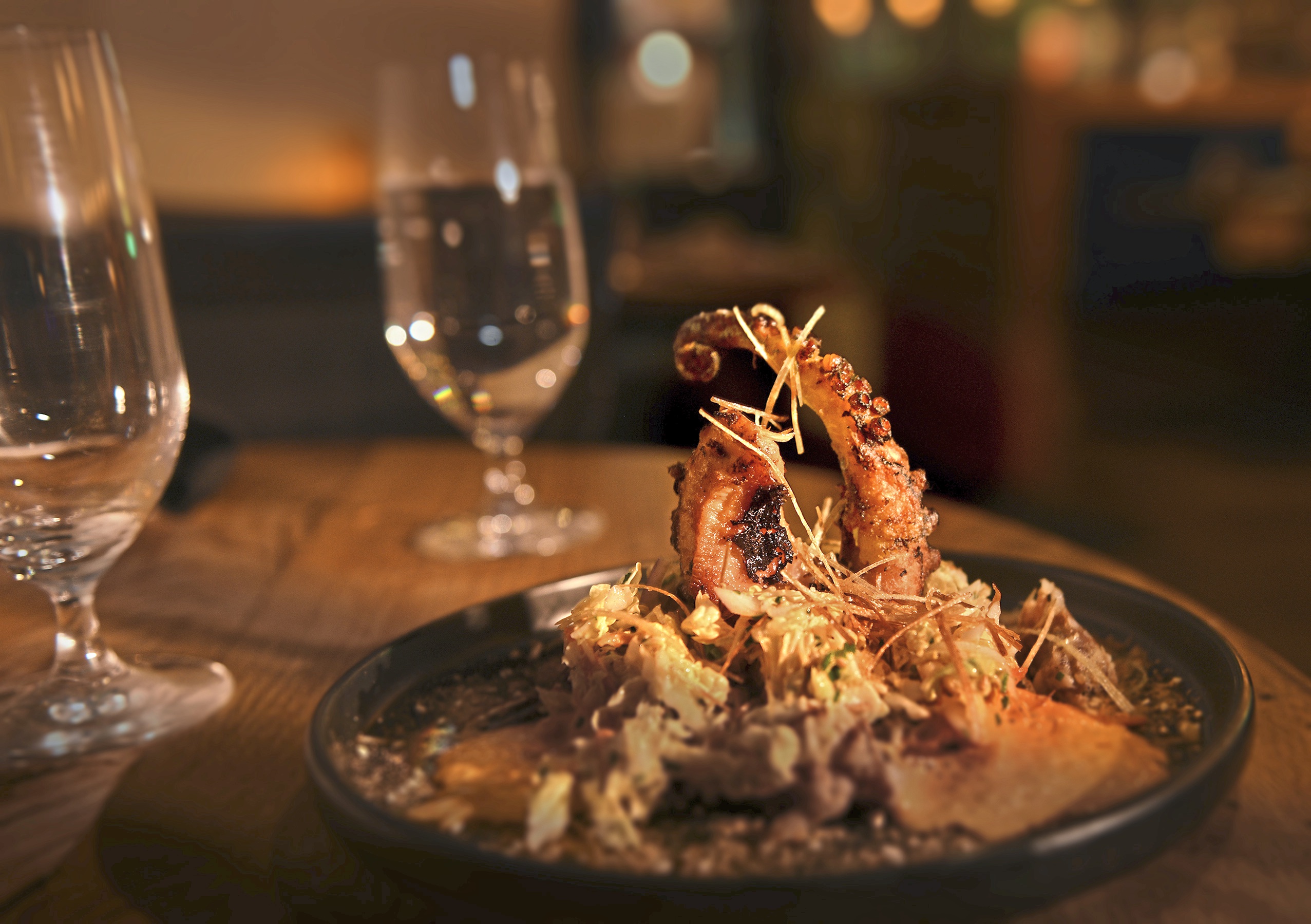
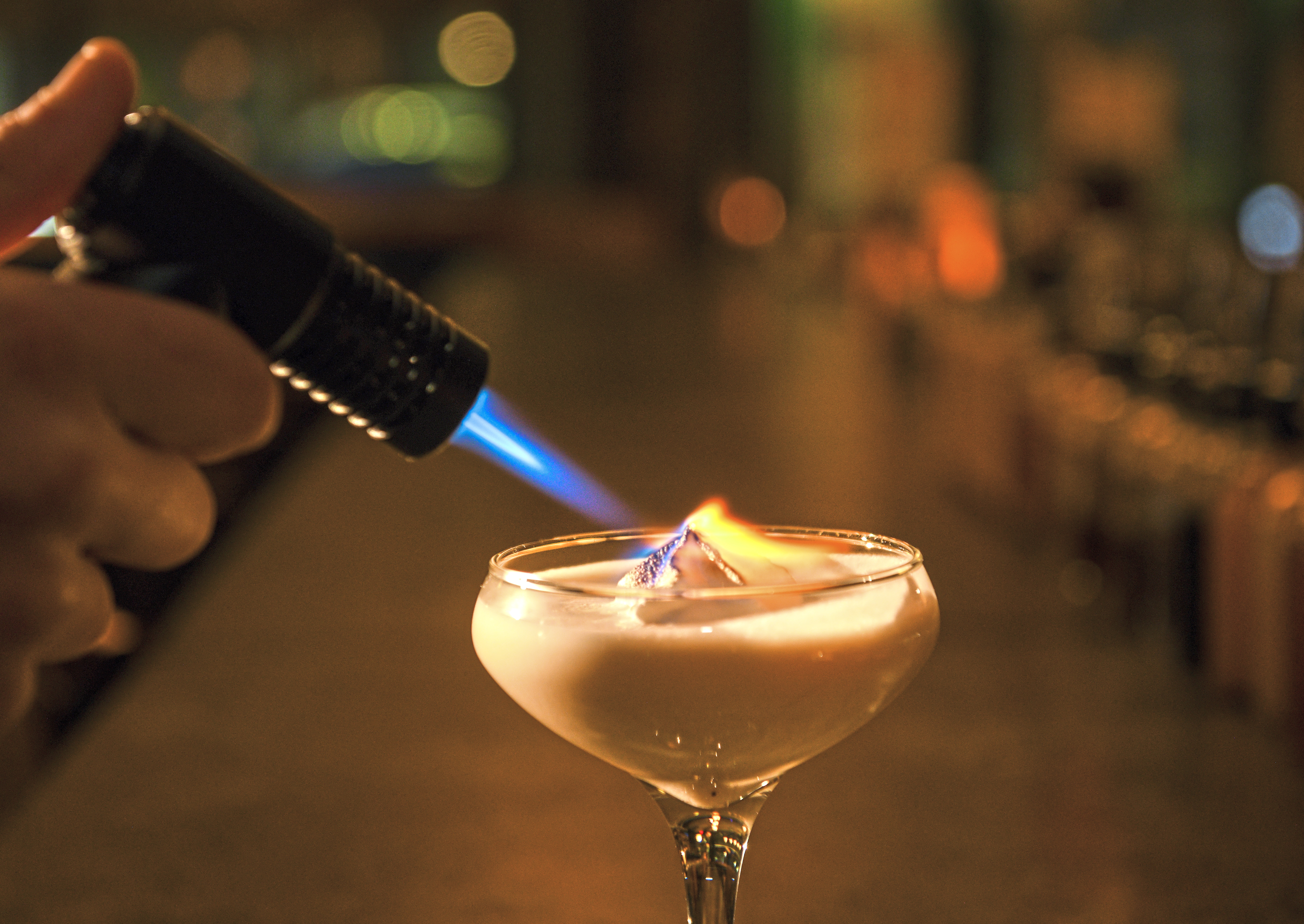
The concept at Spork, says chef and co-owner Christian Frangiadis, is “hybrid tasting menu.” Translation: Order from the menu, but expect about five “surprises” from the kitchen throughout the meal. The idea, the 2020 James Beard nominee says, is to give guests “an experience, and maybe think about food in a different way.”
For example: You might, after eating your appetizer, be brought compressed cucumber with a fermented raspberry water and topped with goat cheese and garlic — “a really delicious bite of something that you probably would never have ordered if it was a menu item.”
Unpacking that simple-not-so-simple bite reveals a couple of other keys to the upscale restaurant: a focus on the vegetables grown in Spork’s neighboring garden and the experimentation the experienced chef (35 years and counting) does creating umami flavors in the basement food lab. (A tour of which uncovered fermenting waters, kombucha, numerous types of miso, and koji, the mold that’s been utilized in Japan for centuries). “All the food has some kind of fermented element to it,” Frangiadis says.
The food: While there are certainly items on the seasonal menu with more uncommon descriptors — a pepito miso mole sauces a Rock Shrimp Stuffed Jalapeño appetizer, tomato water supports the Forest Mushroom Ravioli — Spork aims for approachable, to “underpromise, overdeliver.”
Another for example: The Koji Rye Fried Chicken. It’s listed just so, even though it’s quite complex, with the poultry dry-aged with koji, then marinated in buttermilk and tossed in a coating from rye berries milled in the food lab. “We don’t feel we have to tell you everything, ‘we did this, we did that.’ Just taste the food and you’ll see.” And here we are, back to that word surprise.
The current menu offers an array of proteins — lamb shank, dry-aged duck, a surf-and-turf with wagyu and a lobster corn dog. The Spork Garden Pesto takes advantage of the substantial produce output from the restaurant’s 300 or so linear feet of planting beds.
The drinks: The cocktail program, overseen by general manager and longtime Pittsburgh mixologist Sean Enright (an Embury alum), is just as conversation-inducing. A cocktail cart, introduced during the pandemic, does more than offer traditionals such as Manhattans and Old Fashioneds tableside: The bartender walks guests through technique. “That cocktail cart,” Enright says, “is basically an instructional.”
The mocktails on the rotating menu are as layered as the alcoholic beverages, with some incorporating Frangiadis’ kombuchas. Currently, one builds off of a pumpkin-apple-sage, another off a blueberry-ginger. Others find inspiration from teas, like the creamy In the Keys, with Key lime tea and meringue.
Back to the leaded options, a charitable cocktail, which changes about every three months, sends $5 per to a different cause. Right now, that’s a smoked whiskey drink benefiting Planned Parenthood. (Its predecessor earned $500, sent to Magee-Women’s Hospital and tagged for breast cancer research.)
5430 Penn Ave.; sporkpittsburgh.com


Polly Higgins
Steve Mellon
Ed Yozwick
Laura Malt Schneiderman
Advertisement
Advertisement